VAMP2 chaperones α-synuclein in synaptic vesicle co-condensates
- PMID: 38951706
- PMCID: PMC11786254
- DOI: 10.1038/s41556-024-01456-1
VAMP2 chaperones α-synuclein in synaptic vesicle co-condensates
Abstract
α-Synuclein (α-Syn) aggregation is closely associated with Parkinson's disease neuropathology. Physiologically, α-Syn promotes synaptic vesicle (SV) clustering and soluble N-ethylmaleimide-sensitive factor attachment protein receptor (SNARE) complex assembly. However, the underlying structural and molecular mechanisms are uncertain and it is not known whether this function affects the pathological aggregation of α-Syn. Here we show that the juxtamembrane region of vesicle-associated membrane protein 2 (VAMP2)-a component of the SNARE complex that resides on SVs-directly interacts with the carboxy-terminal region of α-Syn through charged residues to regulate α-Syn's function in clustering SVs and promoting SNARE complex assembly by inducing a multi-component condensed phase of SVs, α-Syn and other components. Moreover, VAMP2 binding protects α-Syn against forming aggregation-prone oligomers and fibrils in these condensates. Our results suggest a molecular mechanism that maintains α-Syn's function and prevents its pathological amyloid aggregation, the failure of which may lead to Parkinson's disease.
© 2024. The Author(s), under exclusive licence to Springer Nature Limited.
Conflict of interest statement
Figures
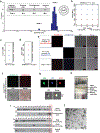
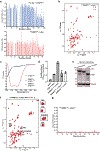
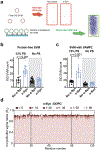
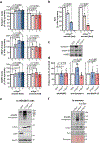






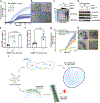
References
-
- Jensen PH, Nielsen MS, Jakes R, Dotti CG & Goedert M Binding of alpha-synuclein to brain vesicles is abolished by familial Parkinson’s disease mutation. J Biol Chem 273, 26292–26294 (1998). - PubMed
-
- Goedert M Alpha-synuclein and neurodegenerative diseases. Nat Rev Neurosci 2, 492–501 (2001). - PubMed
MeSH terms
Substances
Grants and funding
- R21 NS127939/NS/NINDS NIH HHS/United States
- R01 NS102181/NS/NINDS NIH HHS/United States
- R01 NS121077/NS/NINDS NIH HHS/United States
- R01 NS113960/NS/NINDS NIH HHS/United States
- R01NS121077/U.S. Department of Health & Human Services | NIH | National Institute of Neurological Disorders and Stroke (NINDS)
LinkOut - more resources
Full Text Sources
Miscellaneous

